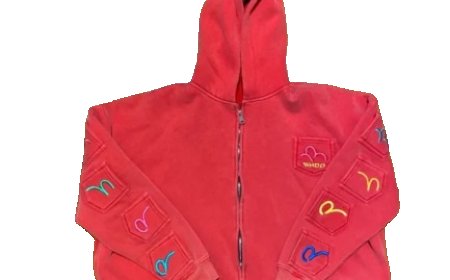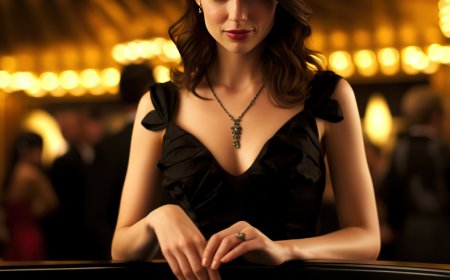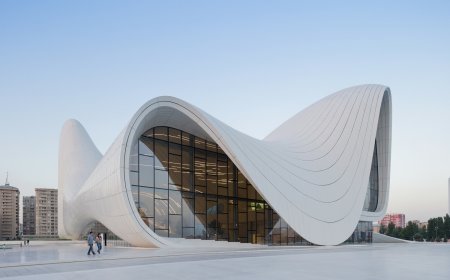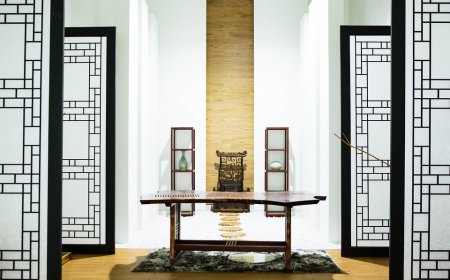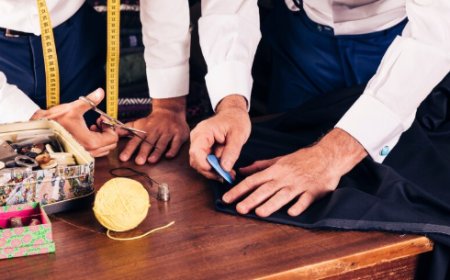Wearing the Unthinkable: Comme des Garçons’ Conceptual Couture
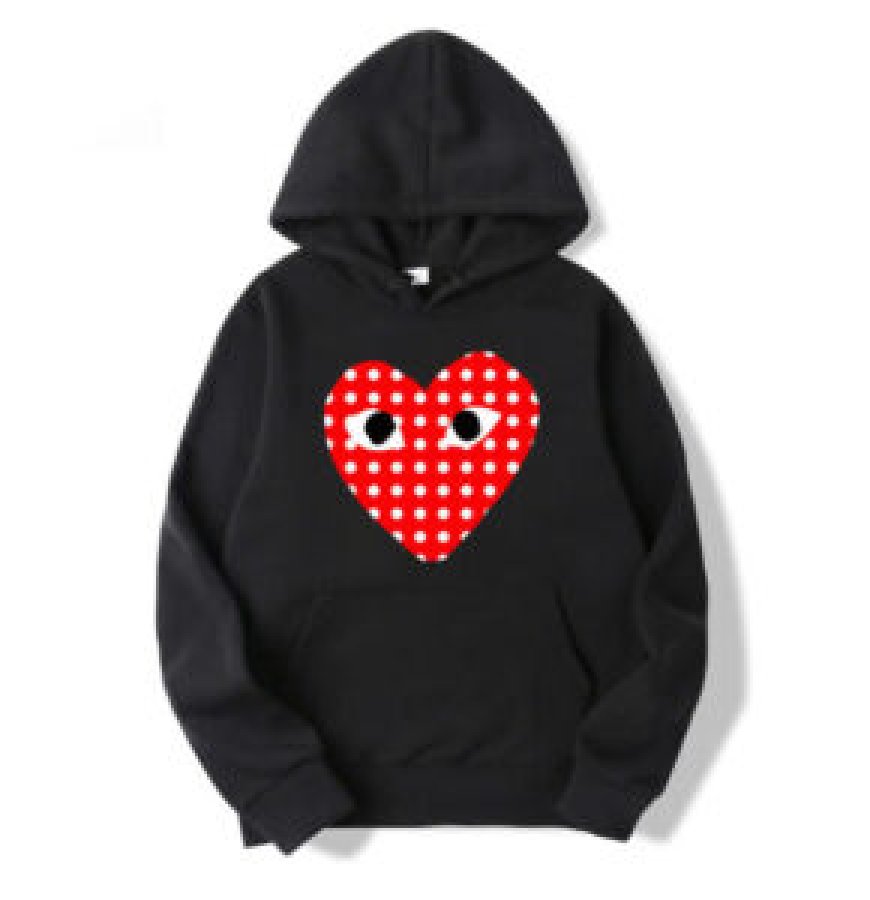
In a fashion world often driven by seasonal trends, Instagram virality, and consumer metrics, Comme des Garons remains a resolute enigma. With Rei Kawakubo at its helm, the brand defies commercial logic, prioritizing creative freedom, Comme Des Garcons provocation, and a powerful disregard for conventional beauty. To wear Comme des Garons is to engage with fashion as an idea rather than adornmentits not just a garment, but a statement. This is conceptual couture in its purest, most unfiltered form.
The Radical Beginnings of a Fashion Disruptor
Comme des Garons was founded in Tokyo in 1969, and officially debuted as a label in 1973. Rei Kawakubos vision from the outset was to challenge the traditional norms of what clothing should look likeand how it should function. In the early days, Kawakubo created garments that were intentionally asymmetric, unfinished, or distressed, a sharp contrast to the polished refinement of Parisian haute couture.
When the brand debuted in Paris in 1981, it ignited what fashion critics would later refer to as Hiroshima chic. Models walked the runway in black, deconstructed ensembles that appeared torn, ragged, and purposefully dystopian. While some critics were appalled, many sensed a tectonic shift in the fashion landscape. Comme des Garons wasnt just offering clothingit was presenting a critique of beauty standards, gender roles, and Western fashion hegemony.
Beyond the Wearable: Clothing as Sculpture and Philosophy
Perhaps no label has pushed the boundary between fashion and art more aggressively than Comme des Garons. Many of the brands most iconic runway moments feel less like presentations of wearable clothing and more like performance art. There are bulbous silhouettes, sculptural distortions, and dresses that obscure the body rather than celebrate its contours.
This radical departure from utility and flattery leads to one of the key principles of Comme des Garons conceptual couture: clothing should be expressive, not just decorative. Its not unusual to see collections inspired by themes as complex as the future of the soul, the absence of order, or the broken bride. Kawakubo uses the human form as a canvas to pose questions rather than deliver answers.
This is most evident in collections like Fall/Winter 1997, titled Body Meets Dress, Dress Meets Body, which featured padded lumps and exaggerated hipsa visual distortion that questioned societal perceptions of the ideal female form. Or the Spring/Summer 2014 collection, which saw models adorned with floral 3D structures that completely engulfed their bodies, challenging the viewer to redefine where the body ends and the garment begins.
Rei Kawakubo: The Silent Architect of Modern Avant-Garde
Kawakubo rarely gives interviews. She does not speak at her shows and often refuses to explain her collections. This elusive presence only amplifies the conceptual nature of her workforcing critics and fans to interpret meaning through their own lens. Her design process does not start with sketches or fabric swatches but with abstract ideas, often philosophical or emotional in nature.
She once famously stated, For something to be beautiful, it doesnt have to be pretty. This mantra has guided Comme des Garons through decades of fashion seasons without ever succumbing to mainstream expectations. Kawakubos refusal to bend to the industrys commercial pressures has earned her comparisons not just to other designers, but to artists and philosophers.
Her influence is undeniable. Designers from Martin Margiela to Rick Owens and even Virgil Abloh have cited Kawakubo as a beacon of uncompromising creativity. The Metropolitan Museum of Art honored her in 2017 with a solo exhibitiononly the second time in history a living designer had been given such recognition, the first being Yves Saint Laurent.
Commercial Paradox: Art and Enterprise
Despite its high-art positioning, Comme des Garons is not just an intellectual experimentits a successful fashion empire. Under Kawakubos direction, the brand has launched numerous sub-labels like Comme des Garons Homme, PLAY, and Noir. It has also collaborated with brands ranging from Nike to Supreme, masterfully balancing avant-garde philosophy with surprising commercial appeal.
This duality is another hallmark of Kawakubos genius. She understands the architecture of capitalism well enough to build a viable business, but she chooses to use that structure as a platform to elevate radical ideas. Her flagship stores, designed with as much conceptual rigor as her clothes, are often immersive art installations themselves.
Even the brands perfume line, developed under the Comme des Garons Parfums label, challenges sensory expectations. Scents are often industrial, earthy, or medicinaldesigned not to please but to provoke. Like her clothing, the fragrances demand engagement, interpretation, and sometimes discomfort.
Cultural Resonance in a Post-Identity Era
In todays fashion dialogue, where the lines between gender, identity, and aesthetics are increasingly blurred, Comme des Garons feels more relevant than ever. Kawakubo has long operated outside the binaries of male/female, beauty/ugly, wearable/unwearable. Long before gender-neutral fashion became a trend, her work was questioning why clothing needed gender at all.
In a sense, Comme des Garons is the blueprint for todays post-identity fashion era. Models on Kawakubos runways often wear wigs, masks, or headpieces that obscure their identity, emphasizing the clothing as an idea rather than a tool of self-presentation. This approach offers a stark contrast to the influencer-driven fashion culture where identity is central and consumption is constant.
The brand encourages viewers and wearers alike to reflectnot just on what we wear, but why we wear it. It forces us to confront our assumptions about beauty, comfort, and normalcy. This is not fashion for escapismit is fashion as confrontation.
The Future of the Unfashionable
As fashion accelerates into digital-first spaces, filled with algorithm-driven trends and AI-generated aesthetics, Comme des Garons remains defiantly analog and human. Kawakubo still oversees her collections with a small, close-knit team. She continues to defy logic, creating shows that are often devoid of traditional garments but rich in storytelling.
There is a kind of bravery in producing work that will never sell en masse, that will not be replicated by fast fashion, and that refuses to pander to palatability. But this is precisely what makes Comme des Garons so vital. In a world obsessed with optimization and relevance, Kawakubo offers a rare invitation: to imagine the unthinkable, to wear the impossible, and to feel the intangible.
Conclusion: Wearing a Thought, Not a Trend
Comme des Garons is not simply a brandit is a philosophy stitched into fabric. It asks us to slow down, to reconsider, Comme Des Garcons Converse and to look beyond whats marketable into whats meaningful. Rei Kawakubos conceptual couture continues to shape fashion not through spectacle, but through substance. In every unconventional silhouette, every sculptural curve, and every refusal to conform, there is a whisper of rebellion and a call to consciousness.
To wear Comme des Garons is not to follow fashionit is to challenge it. And in that challenge lies its enduring power.









